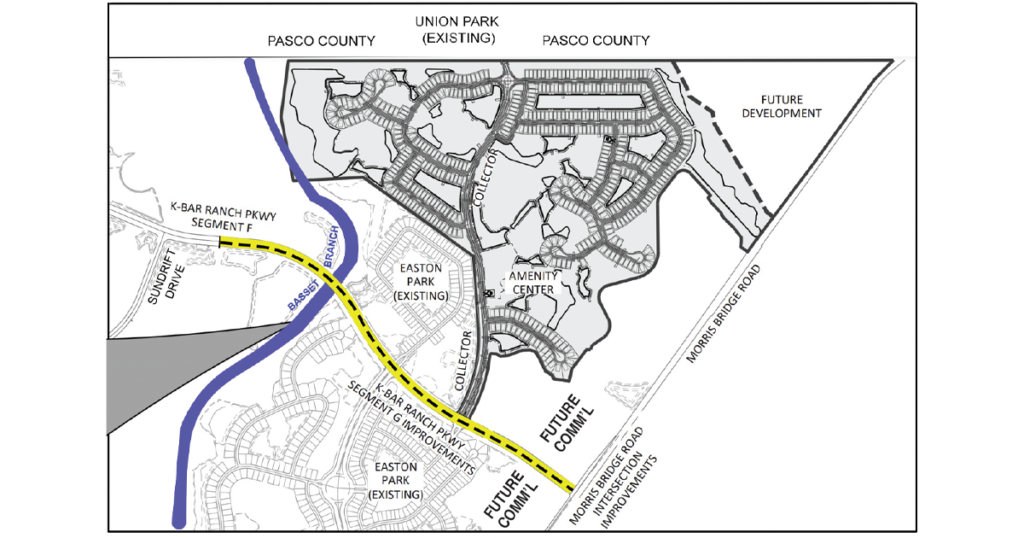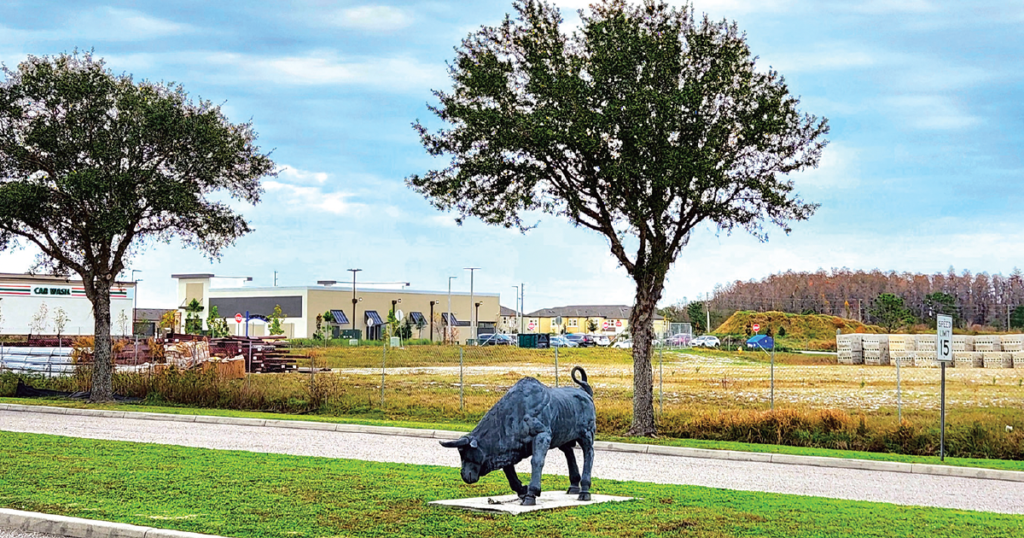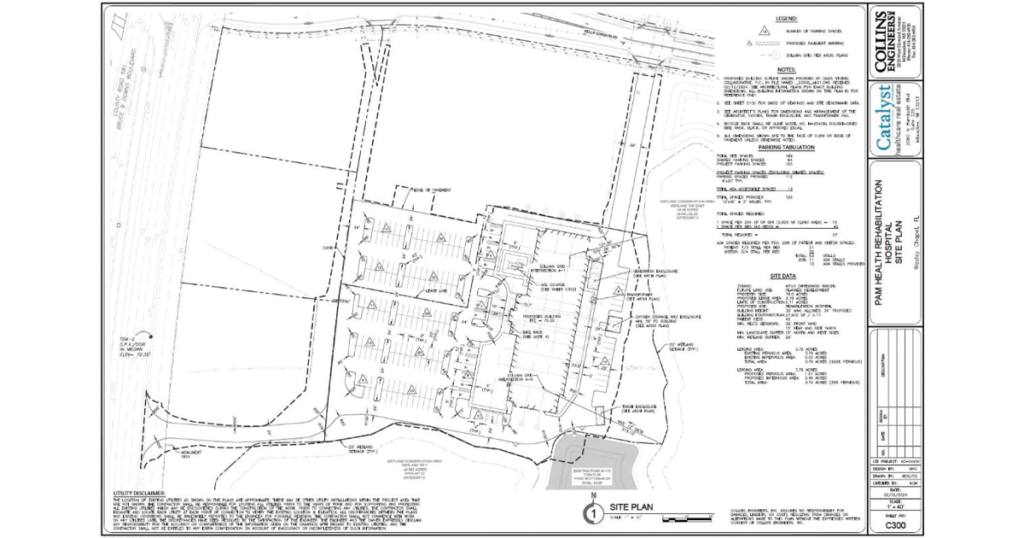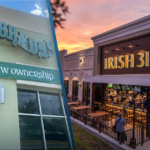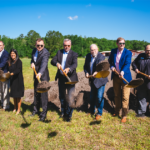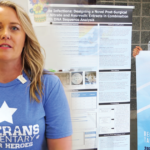If you travel east on K-Bar Ranch Pkwy. (past Sundrift Dr.; see map above), a little south of the Hillsborough/Pasco county line, you’ll come to a spot where the K-Bar
“Welcome to Moe’s!” was the familiar and unmistakable sound that filled the bright and airy new restaurant located at 5486 Post Oak Blvd. — the first business to open in
Construction materials have recently started appearing on the empty piece of land immediately behind the iconic ‘Bull’ statue at the entrance to Wiregrass Ranch High. These concrete blocks, pieces of
Back in December, Wiregrass Ranch submitted plans for an a new east/west access road through parcel M3 (see map, bottom right), which was intended to help provide access to a
When plans for a development with a Whole Foods grocery store (at Bruce B Downs Blvd. and Aronwood Blvd., in front of Meadow Pointe) and Lifetime Fitness in Wesley Chapel

